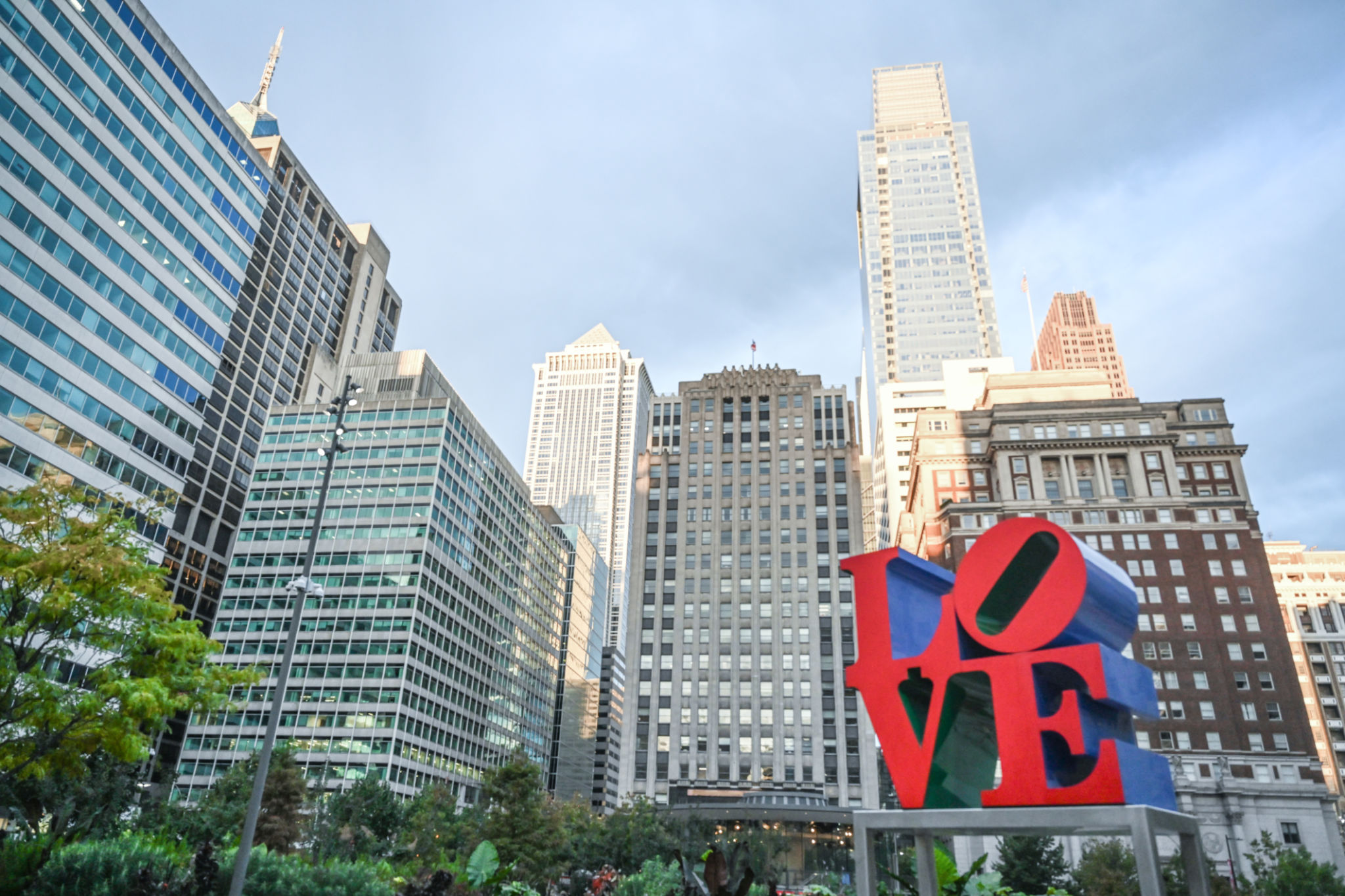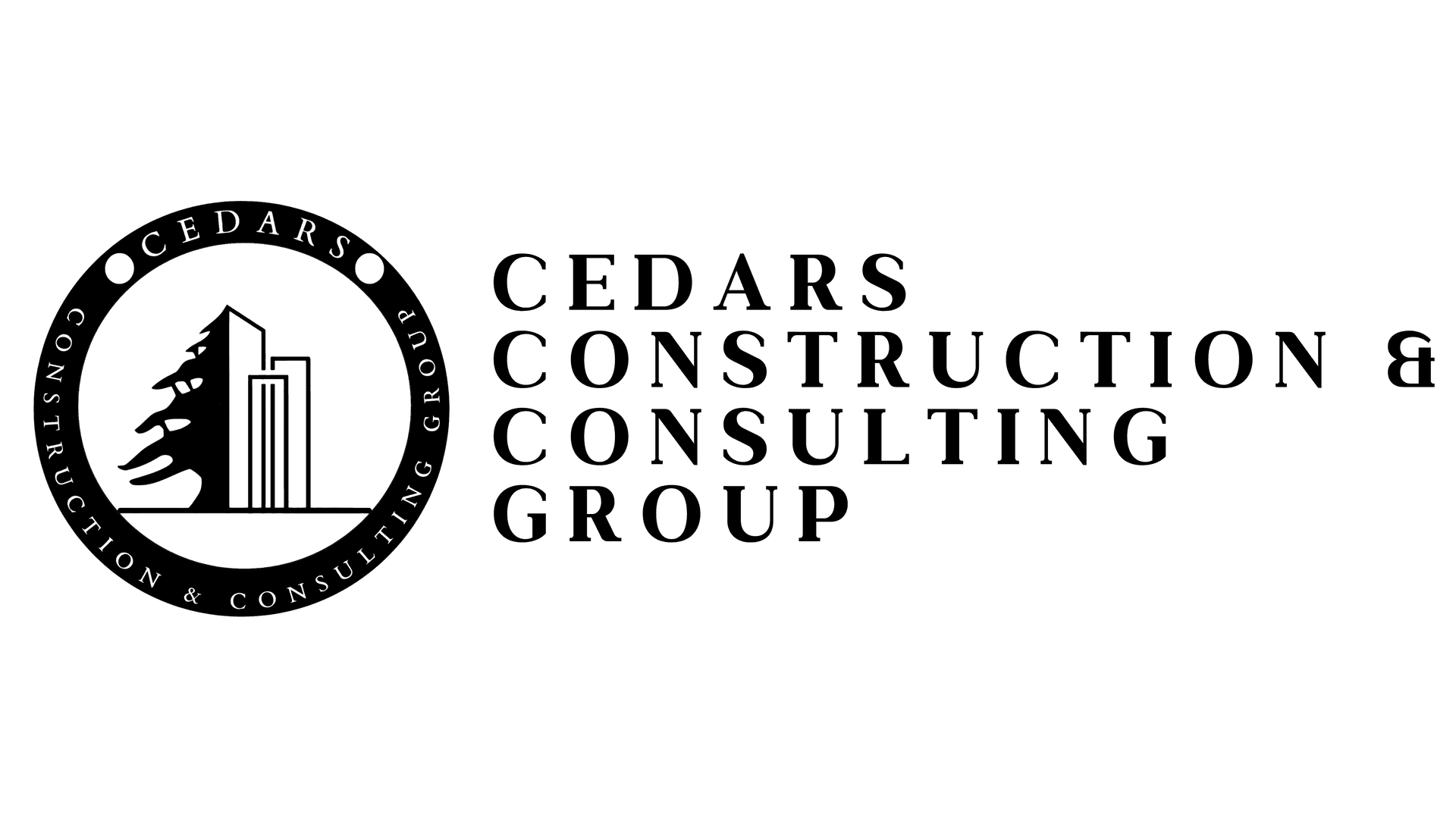Case Study: Successful Project Execution in Philadelphia's Bustling Urban Environment
Introduction to the Project
Philadelphia, known for its rich history and vibrant urban landscape, presents a unique set of challenges and opportunities for project execution. Recently, a construction company undertook a significant project in the heart of the city, aiming to transform an underutilized area into a thriving community hub. This case study explores the strategies and methodologies employed to ensure the successful completion of this ambitious project.

Understanding the Urban Dynamics
The project site was located in a bustling area of downtown Philadelphia, surrounded by busy streets, historical landmarks, and a diverse community. The primary challenge was to execute construction activities without disrupting the daily life of residents and businesses. This required meticulous planning and coordination with local authorities and stakeholders.
Engaging with the community was a crucial part of the pre-construction phase. The team held several town hall meetings to gather input and address concerns from local residents. This proactive approach helped to build trust and foster a sense of collaboration between the project team and the community.
Strategic Planning and Execution
To navigate the complexities of working in an urban environment, the project team developed a comprehensive plan that prioritized efficiency and safety. Key strategies included:
- Implementing advanced traffic management systems to minimize congestion.
- Utilizing off-peak hours for major construction activities to reduce noise and disruption.
- Incorporating sustainable building practices to minimize environmental impact.

Leveraging Technology for Efficiency
Technology played a pivotal role in streamlining operations and enhancing communication among team members. The use of Building Information Modeling (BIM) allowed for precise project visualization, enabling stakeholders to make informed decisions swiftly. Additionally, real-time data analytics helped in monitoring progress and addressing any issues promptly.
Overcoming Challenges
Despite careful planning, the project faced unforeseen challenges such as weather disruptions and supply chain delays. However, the team's resilience and adaptability were key in overcoming these hurdles. By maintaining open lines of communication and fostering a problem-solving mindset, the project stayed on track and within budget.

Community Impact and Benefits
Upon completion, the project delivered significant benefits to the community. The new development included public spaces, retail outlets, and residential units, contributing to local economic growth and enhancing quality of life. The project's success serves as a model for future urban development initiatives in Philadelphia.
Conclusion
This case study highlights how effective planning, community engagement, and technological innovation can lead to successful project execution in complex urban environments. By addressing challenges head-on and fostering a collaborative spirit, projects can achieve their goals while positively impacting the surrounding community.
